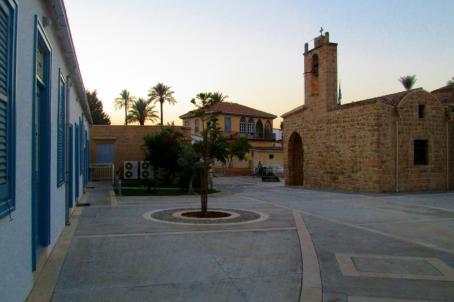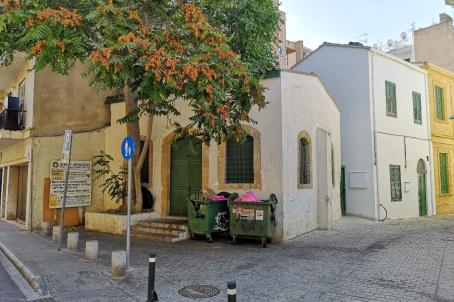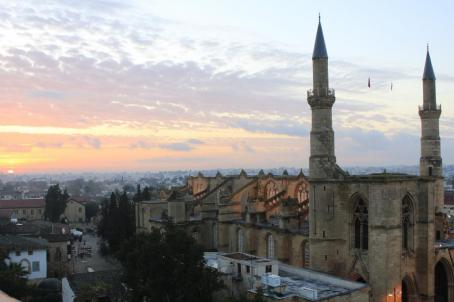Nicosia Agios Iakovos Church
Not much is known about the early history of Agios Iakovos Church (Άγιος Ιάκωβος), which like the Agios Georgios Church is also situated in the Agios Kassianos quarter. It is believed that it was originally built in the 13th or 14th century. However, it is certain that it functioned as a Latin church at the beginning of the Ottoman rule in Cyprus: Capuchin monks from France took possession of the church shortly after their arrival in Cyprus in 1630. In combination with other surrounding buildings, the church obviously formed a religious complex, as a report to the Propaganda Fide from 1648 shows. A further report to Rome from 1660 shows that the church and the complex were in a bad condition. However, this state of affairs was not due to a lack of willingness to invest in conservation – money was available – but rather to the lack of renovation permits from the Ottoman rulers. In 1662, a Capuchin Father reported after his return from duty in Cyprus that the Greeks and the Turks as well had a great devotion to the church. The main reason for this is a fresco showing St James, which is said to have healing powers. Greeks and Turks would bring their children suffering from earaches there in the belief that they would be cured. In 1793, the Capuchin monks left Cyprus. In the course of these developments, the convent in Nicosia – and thus including Agios Iakovos Church – was sold to the Greek Orthodox Dragoman Hadjigeorgakis Kornessios. After the acquisition, the complex was renovated, and the church served as a family chapel for a long time. In 1917, the family of the dragoman's grandson donated the church and the adjacent buildings to the Greek Orthodox community. The complex now served as an orphanage and foundling home and was under the administration of the archbishopric. During the intercommunal strife in 1963-1964, the church suffered damage from a fire, which, according to different international media reports, had been set by Turkish Cypriots during the fighting. The iconostasis and all its icons were destroyed. Since that time the church lies abandoned in the restricted area of the buffer zone.






